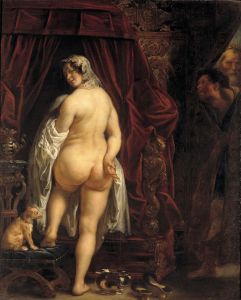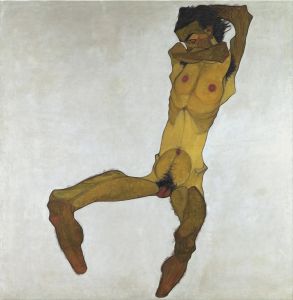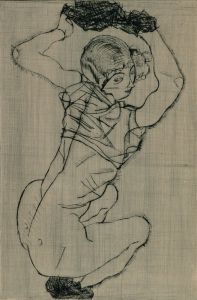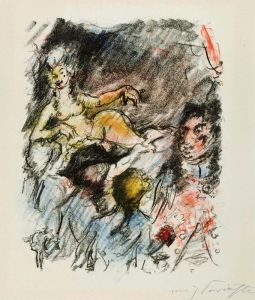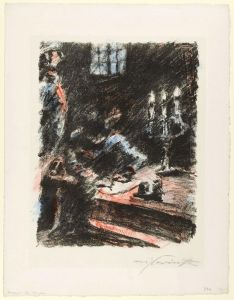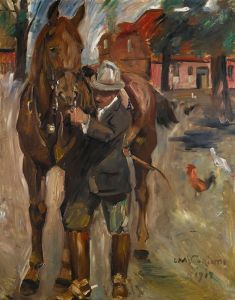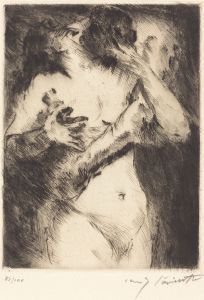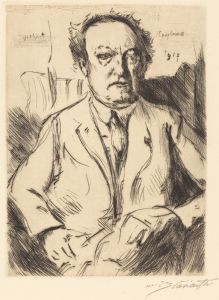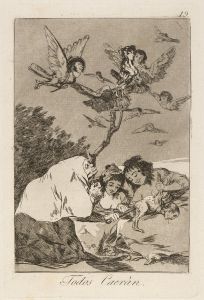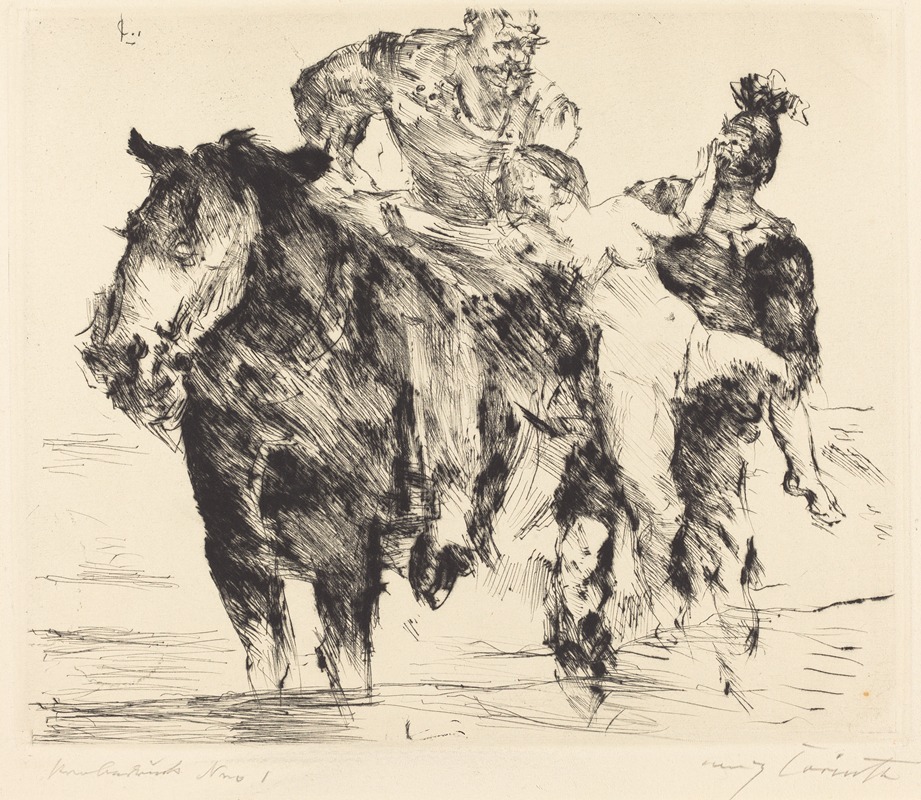
Rape
A hand-painted replica of Lovis Corinth’s masterpiece Rape, meticulously crafted by professional artists to capture the true essence of the original. Each piece is created with museum-quality canvas and rare mineral pigments, carefully painted by experienced artists with delicate brushstrokes and rich, layered colors to perfectly recreate the texture of the original artwork. Unlike machine-printed reproductions, this hand-painted version brings the painting to life, infused with the artist’s emotions and skill in every stroke. Whether for personal collection or home decoration, it instantly elevates the artistic atmosphere of any space.
Lovis Corinth (1858–1925) was a German painter and printmaker whose work bridged the transition from Impressionism to Expressionism. Among his extensive body of work, Corinth created a painting titled Rape (Vergewaltigung in German), which is often cited as a significant example of his exploration of intense emotional and psychological themes. The painting was completed in 1908 and is considered one of Corinth's most provocative and controversial works.
The painting depicts a dramatic and violent scene, rendered in Corinth's characteristic style, which combines vigorous brushwork with a vivid use of color. The subject matter of Rape is unsettling, as it portrays a moment of physical struggle and domination. Corinth's approach to the theme is both raw and unflinching, reflecting his interest in exploring the darker aspects of human nature. The work is often interpreted as a commentary on power dynamics, violence, and the complexities of human relationships, though Corinth himself did not leave explicit explanations regarding the painting's meaning.
Rape is notable for its compositional intensity. The figures are entangled in a chaotic and almost claustrophobic space, emphasizing the physicality and emotional tension of the scene. Corinth's use of light and shadow further heightens the drama, drawing the viewer's attention to the central action while leaving other details in ambiguity. The painting exemplifies Corinth's ability to convey psychological depth and raw emotion through his art.
The painting was created during a period when Corinth was at the height of his artistic powers. By this time, he had established himself as a leading figure in the Berlin Secession, an art movement that sought to challenge traditional academic art and promote modernist approaches. Corinth's work during this period often explored themes of mythology, history, and human emotion, frequently pushing the boundaries of conventional subject matter.
Rape has been the subject of scholarly analysis and debate, particularly regarding its place within Corinth's oeuvre and its broader cultural and historical context. Some art historians have examined the painting in relation to Corinth's personal life and psychological state, while others have focused on its stylistic and thematic connections to the broader trends in early 20th-century art. However, interpretations of the painting remain varied, and its provocative nature continues to elicit strong reactions from viewers.
Today, Rape is recognized as a powerful and challenging work that exemplifies Lovis Corinth's artistic vision and his willingness to confront difficult and controversial subjects. The painting is housed in the collection of the Kunsthalle Bremen in Germany, where it remains an important piece for understanding Corinth's contributions to modern art.





